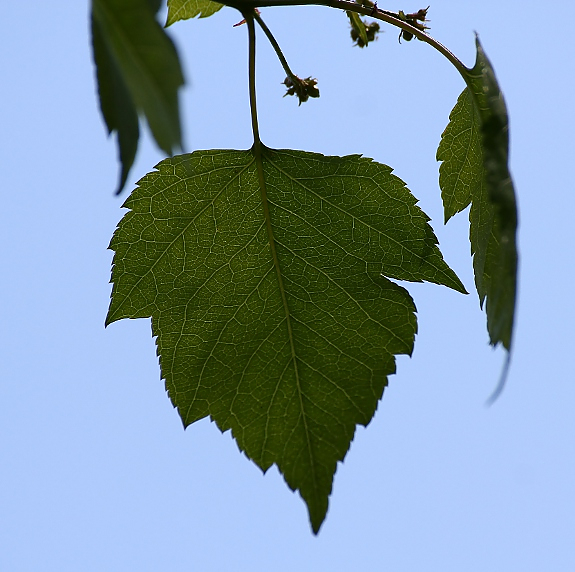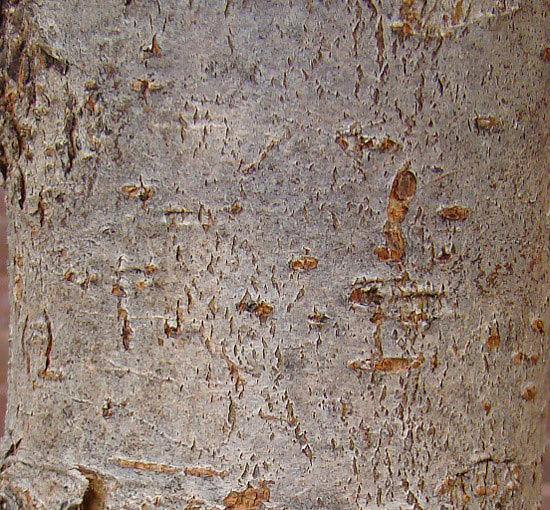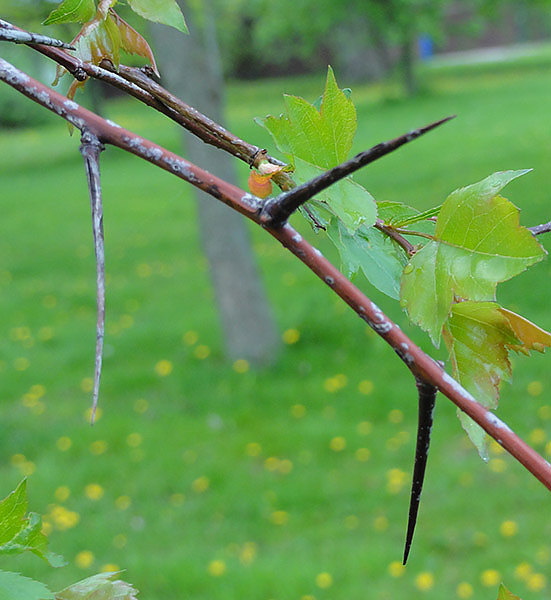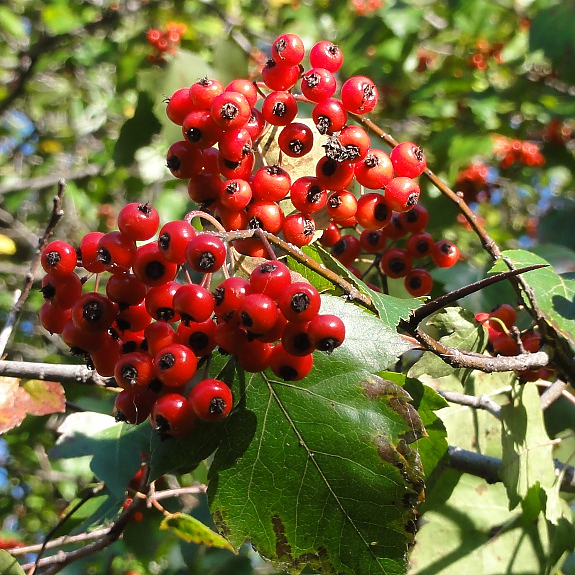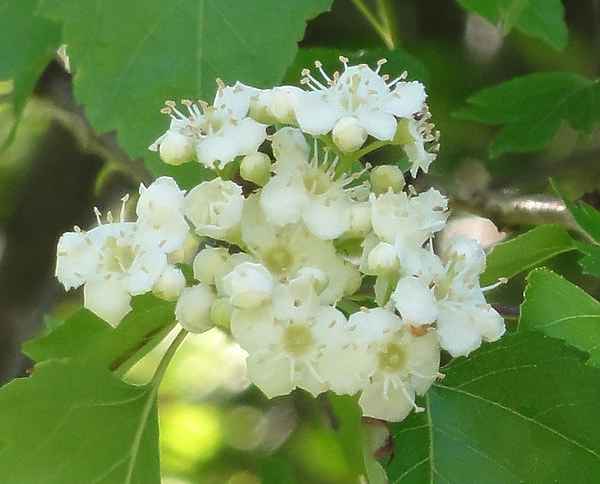Identification:
Leaves—
green, soft with some ridges.
Twigs—
long, thin, and dark brown.
Flowers—
small, white, and clustered together.
Fruit—
plump bright red little cherries
Bark—
rough texture and dull gray dark brown
Natural History:
Lifespan—
very long lived, even hundreds of years.
General description—
Today they are naturalized within the northeastern united states, even though they are originally from the southeast; they are also known for their bright autumn flowers.
Natural distribution and habitat—
Southeastern United States.
Conservation status—
must be kept away from diseases, pests, and urban areas due to sensitivity.
Uses—
Usually, as an ornamental tree, the fruit is not eaten. It can also be used for home planting and urban areas.
